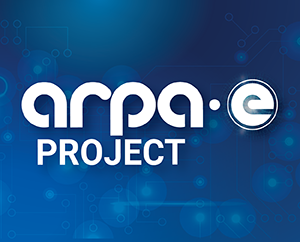Technology Description:
United Technologies Research Center (UTRC) will develop a redox flow battery system that combines next-generation reactants with an inexpensive and highly selective membrane. This SMART-FBS project addresses the two highest cost components in redox flow battery systems: reactants and membranes. The team plans to develop these two components simultaneously using core materials that will work in tandem. Polymer membranes will be developed that include benzimidazole or pyridine structures; ionic conductivity will come from the membrane’s structure that allows acid to be imbibed into the polymer. This approach will allow for the use of a low-cost polymer that is durable, selective, and highly conductive. The new reactants will be large organic molecules based upon an extensive theoretical library of potential reactants that has already been established. Multiple membranes and reactants enable a variety of technology options, which should increase the likelihood of success. The project integrates and leverages benefits from each of the team members including: UTRC's state-of-the-art redox flow battery cell performance; innovations in membranes from the University of South Carolina; TPS polymers and membrane-manufacturing capabilities of Advent Technologies; novel active materials based on Harvard University's large library of organic reactants; and Lawrence Berkley National Laboratory's proficiency in characterizing and modeling transport in ion-exchange membranes. If successful, the team's innovations will enable widespread deployment of redox flow batteries for grid-scale electrical energy storage.
Potential Impact:
If successful, developments made under the IONICS program will significantly reduce battery storage system costs for the grid to about $150/kWh (for a 5-hour discharge time, on a fully installed basis), a cost point that transforms the grid by enabling cost-effective electrical energy storage.
Security:
IONICS program innovations could contribute to energy storage solutions for the grid, improving grid resilience by providing widespread electrical storage, a basic capability the grid has largely done without since its creation over one hundred years ago.
Environment:
Greater integration of renewable resources into the power mix, enabled by improved energy storage, will reduce the need for other more carbon-intensive forms of electricity generation. In addition, energy storage can improve the efficiency of the grid by allowing greater use of the most efficient, cost-effective generators.
Economy:
IONICS program innovations could further establish U.S. businesses as technical leaders in energy storage, encouraging greater use of readily available renewable energy and helping to reduce costs on the grid.
Contact
ARPA-E Program Director:
Dr. Scott Litzelman
Project Contact:
Mr. Michael Perry
Press and General Inquiries Email:
ARPA-E-Comms@hq.doe.gov
Project Contact Email:
PerryML@utrc.utc.com
Partners
Harvard University
University of South Carolina
Lawrence Berkeley National Laboratory
Advent Technologies, Inc.
Related Projects
Release Date:
02/26/2016

